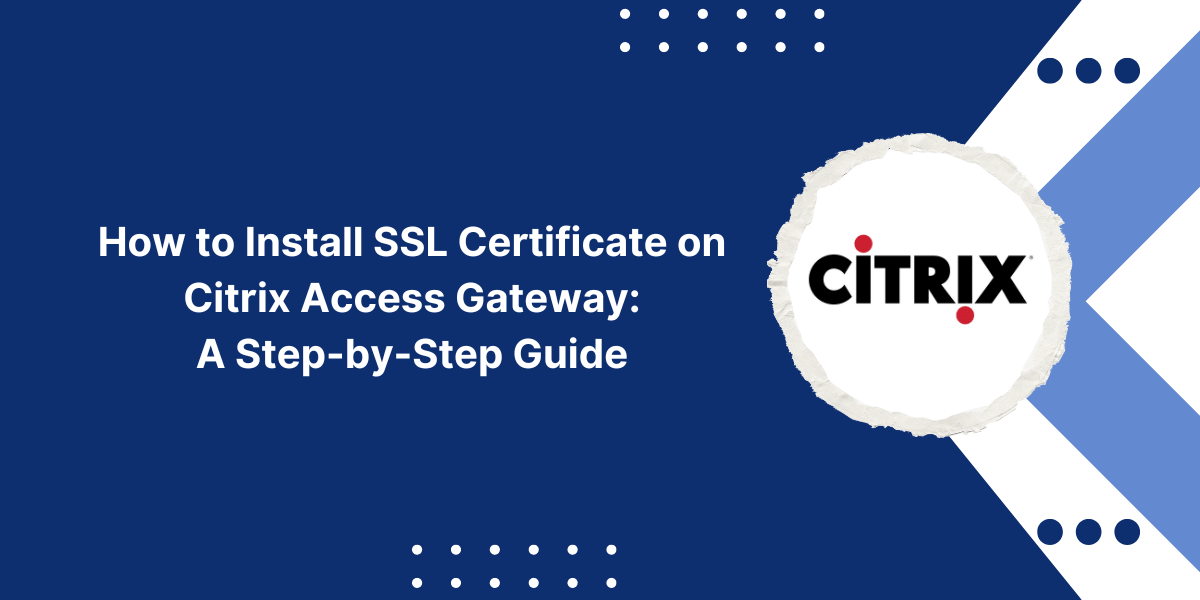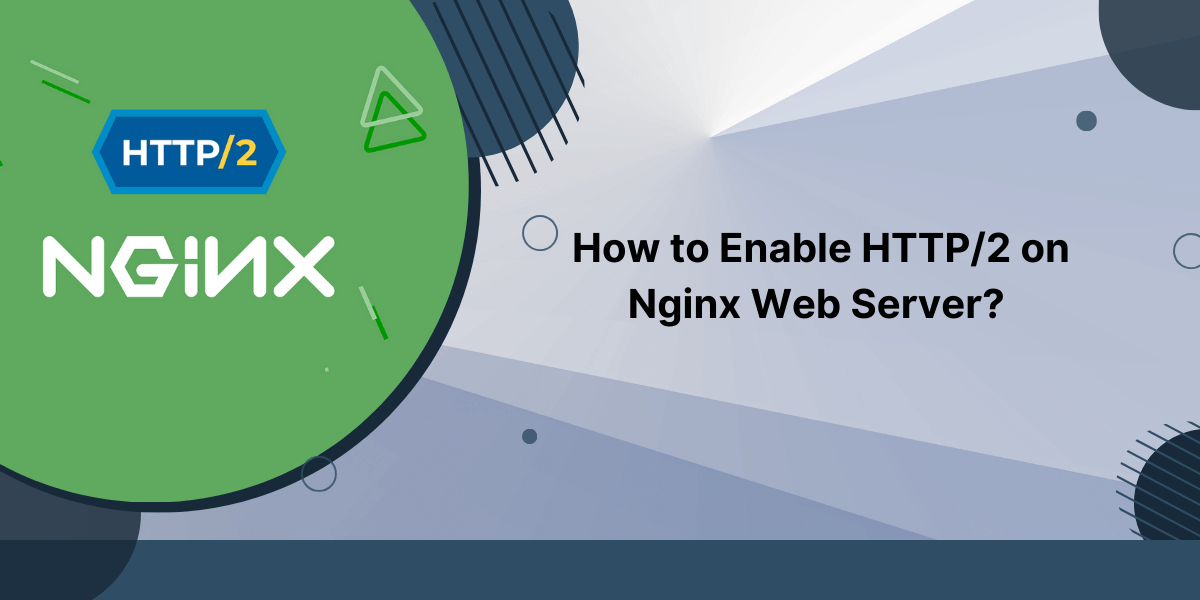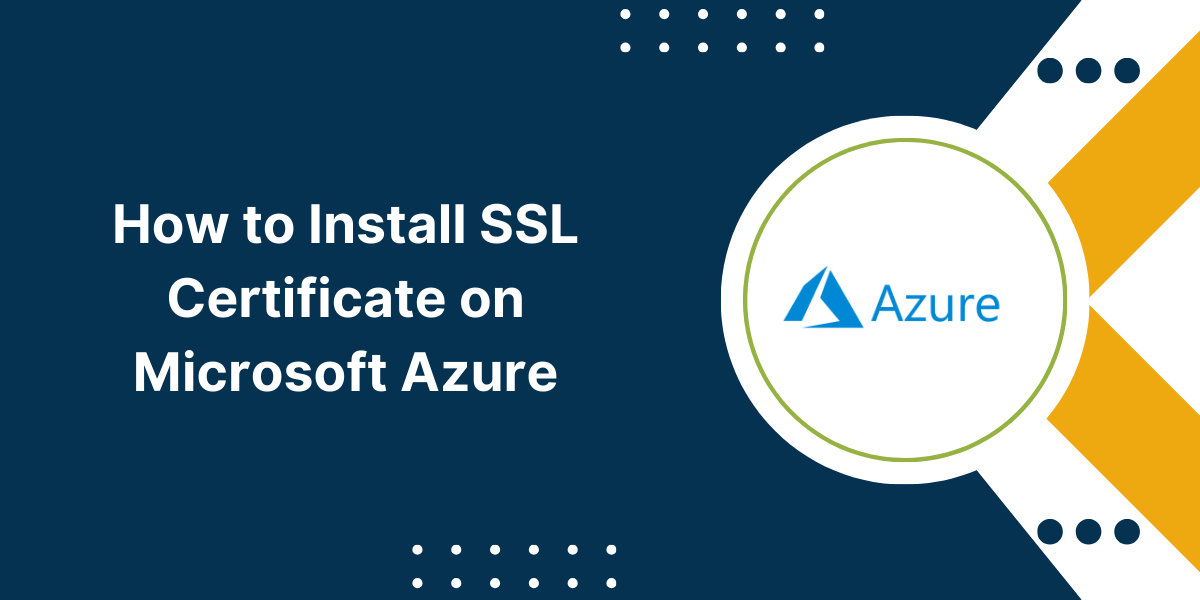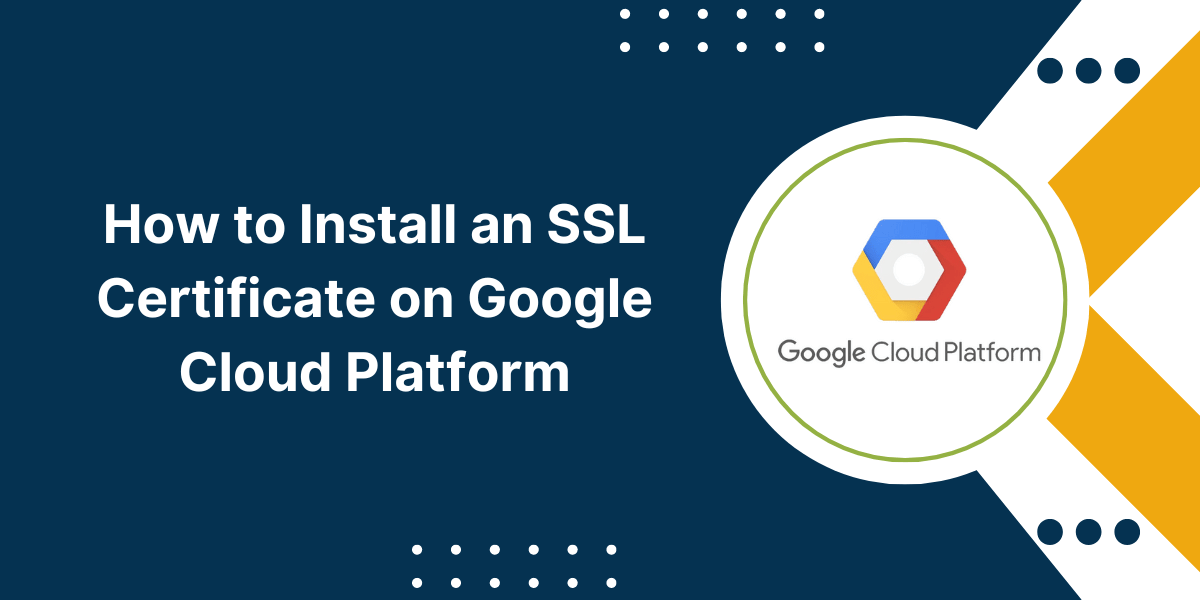Citrix SSL Installation Guide with Easy Steps
Ensuring secure access to your internal resources is crucial, and installing an SSL certificate on the Citrix Access Gateway plays a pivotal role in this process. The Citrix Access Gateway acts as a secure gateway, facilitating external access to resources published on your XenApp, XenDesktop, or ShareFile environment. To install an SSL certificate on the Citrix Access Gateway, you fortify the authentication process for users and establish encrypted connections using the SSL/TLS protocol. This encryption mechanism safeguards against unauthorized access, protecting the confidentiality and integrity of your data transmissions.
To enable SSL connections, Access Gateway requires a valid SSL certificate issued by a trusted Certificate Authority (CA). The certificate proves the identity of the Access Gateway server and allows clients to verify they are connecting to the legitimate server, not an impersonator. The certificate also encrypts traffic between the client and Access Gateway to prevent eavesdropping or data tampering by attackers.
Key Takeaways on Install SSL Certificate in Citrix Access Gateway
- SSL certificates enable HTTPS connections to secure traffic between clients and Access Gateway.
- You need a valid SSL certificate issued by a trusted Certificate Authority or your own private CA.
- The most common format is X.509 PEM, which can be imported into the Access Gateway GUI.
- The certificate must match the hostname clients use to connect to Access Gateway.
- Once bound, the certificate secures connections for Storefront, NetScaler Gateway, admin UI, etc.
- Select the appropriate cipher suites and protocol versions to balance security and compatibility.
- Renew certificates before they expire to maintain uninterrupted, secure access.
Prerequisites Before Installing an SSL Certificate on Citrix
Before you can install and bind an SSL certificate to Access Gateway, you need the following:
- Access Gateway VPX or MPX appliance with a valid license
- A publicly trusted SSL certificate issued by a Certificate Authority like DigiCert, Comodo, GlobalSign, etc., Or an internal certificate from your private CA.
- The certificate file is in X.509 PEM format and contains the certificate, private key, intermediate certificates, and root certificate.
The hostname in the SSL certificate should match the FQDN that users enter in their browser to connect to Access Gateway. For example, if the Access Gateway URL is access.company.com, the certificate’s CN field should contain this FQDN.
Wildcard SSL certificates (e.g., *.company.com) work fine as they allow the security of multiple host names under the parent domain name.
4 Easy Steps to Install SSL Certificate in Citrix Access Gateway
Follow these step-by-step guides to install SSL certificates in Citrix Access Gateway.
- Upload the Certificate File
- Link the Certificate to SSL Virtual Servers
- Configure SSL Protocol and Ciphers
- Renew the Certificate Before Expiry
Step 1 – Upload the Certificate File
- Log into the Access Gateway admin interface using your username and password.
- Go to Traffic Management> SSL > Certificates
- Click Install to upload your certificate file.
- For Certificate File, browse and select the X.509 PEM certificate issued to you.
- Enter the Password if your certificate file is password protected.
- Click OK
This will install the certificate containing the public key, private key, intermediate and root certificates.
Step 2 – Link the Certificate to SSL Virtual Servers
Once the certificate is installed, you need to link it to the SSL virtual servers that clients connect to.
- Go to Traffic Management> Load Balancing > Virtual Servers
- Edit the virtual server for NetScaler Gateway or Storefront by clicking the server name.
- In Certificates, select the newly added certificate.
- Click OK.
The certificate will now be bound to the virtual server. Repeat this step for all other virtual servers that must support SSL (Admin UI, XenDesktop, etc.).
Step 3 – Configure SSL Protocol and Ciphers
Access Gateway uses the SSL/TLS protocol to secure connections. You can choose which versions of the protocol and encryption ciphers to support.
To configure this:
- Go to Traffic Management> SSL > SSL Parameters
- For SSL Protocol, select the versions like TLS1.2, TLS 1.1 etc.
- In the Cipher Group, choose a preconfigured cipher group or create a custom one with desired ciphers like AES, 3DES, RC4 etc. Prioritize stronger ciphers.
- Click OK to save changes.
Select protocol versions and ciphers supported by your client’s software to ensure compatibility. Disable old insecure protocols like SSLv3 unless absolutely needed.
Step 4 – Renew the Certificate Before Expiry
SSL certificates have an expiration date set by the issuing CA, usually 1-3 years from the issue date.
To maintain uninterrupted, secure access to Access Gateway, renew and upload a new certificate before the current one expires. Many CAs allow you to renew certificates automatically.
After uploading the renewed certificate, link it to the virtual servers again following Step 2.
Common Access Gateway Certificate Issues
Some common problems faced when configuring Access Gateway certificates:
- Certificate hostname mismatch: The CN or SAN names don’t match the URL clients use to access the gateway. Make sure the hostname matches.
- Incomplete certificate chain: Intermediate and root certificates are missing from the PEM file. Bundle them with the server certificate.
- Untrusted root certificate: The root CA is not trusted by devices. Use certificates signed by a public CA.
- Expired certificate: Renew the expired certificate and immediately replace it with an updated one.
- Insecure protocols/ciphers: Old SSLv3, RC4 ciphers, and weak hashing algorithms can be compromised. Disable outdated options.
- Certificate not linked to virtual servers: Bind the uploaded certificate to the NetScaler Gateway and Storefront virtual servers.
- Invalid private key: The uploaded certificate doesn’t have the associated private key to decrypt traffic.
Conclusion
Installing the correct SSL certificate is crucial to secure Access Gateway and the applications published behind it. A properly configured certificate prevents intruders from intercepting sensitive data during transit between the client and gateway and establishes the identity of the Access Gateway for the client.
Carefully choose a reputable CA and use widely supported protocol versions and ciphers for broad compatibility. Renew the SSL certificate before it expires to avoid disruptions. This ensures your remote users can securely access internal resources using Access Gateway for years to come.
Frequently Asked Questions
What is the difference between a public and private CA for Access Gateway certificates?
Public CAs like Comodo and DigiCert issue certificates trusted by all major browsers and devices by default. Certificates from private CAs are typically used within organizations and require the installation of the root CA certificate as a trusted authority for all clients.
Can I use a wildcard certificate on Access Gateway?
Yes, wildcard certificates (e.g., .company.com) with the asterisk () prefix work fine and allow you to secure multiple subdomains, such as access.company.com and gateway.company.com.
Do self-signed certificates work on Access Gateway?
Clients do not trust self-signed certificates by default since a CA does not issue them. They should only be used for testing purposes, not production deployments.
What cipher suites should I prioritize for Access Gateway?
Prioritize AES-based ciphers (AES-256 and AES-128) and avoid outdated ciphers like DES, 3DES, and RC4 that are weak and insecure. Disable SSLv3 and only enable TLS v1.1 and v1.2.
What is the advantage of using Elliptic Curve Ciphers?
ECDSA ciphers like ECDHE offer better security than traditional RSA ciphers. However, some older clients may need help supporting ECC cipher suites.
How do I renew an Access Gateway SSL certificate?
You can request a renewal or new certificate from the issuing CA before it expires. Upload this certificate and re-link it to the virtual servers, following the same process as when installing a new certificate initially.
How can I check when my Access Gateway certificates expire?
In the GUI, go to Traffic Management > SSL > Certificates. This shows the expiry date of each installed certificate. You can also check using the ‘show cert’ command in CLI.
What should I do if my Access Gateway certificate expires?
If an Access Gateway certificate expires, clients will see SSL warnings and be unable to connect. Renew the certificate before expiry. If it has already expired, generate a new certificate request immediately and replace the expired cert.



